US ISM Services PMI rose from 49.6 to 55.2 in January, well above expectation of 50.4. Looking at some details, business activity/production rose from 53.5 to 60.4. New orders rose sharply from 45.2 to 60.4. Employment ticked up from 49.4 to 50.0. Prices dropped slightly from 68.1 to 67.8.
ISM said: “Ten industries reported growth in January, according to the Services PMI®, which was in expansion territory after a single month of contraction and the prior 30-month period of growth. The composite index has indicated expansion for all but three of the previous 155 months.”
Nieves continues, “Business Survey Committee respondents indicated that capacity and logistics performance continue to improve. Although responses varied by industry and company, the majority of panelists indicated that business is trending in a positive direction. Employment was unchanged for the month. Some companies still find it difficult to fill open positions, while others are facilitating staff reductions.”
“The past relationship between the Services PMI® and the overall economy indicates that the Services PMI® for January (55.2 percent) corresponds to a 1.8-percent increase in real gross domestic product (GDP) on an annualized basis.”
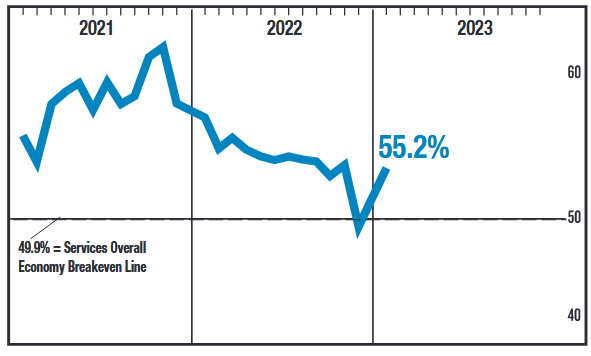
Full release here.




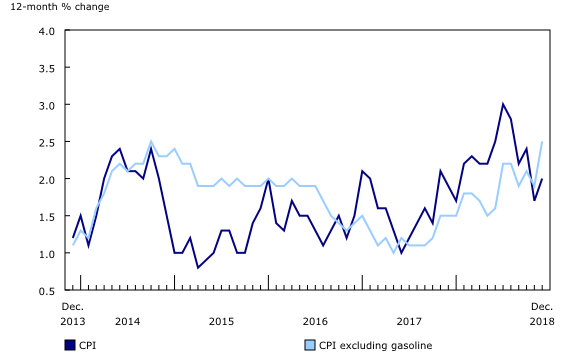
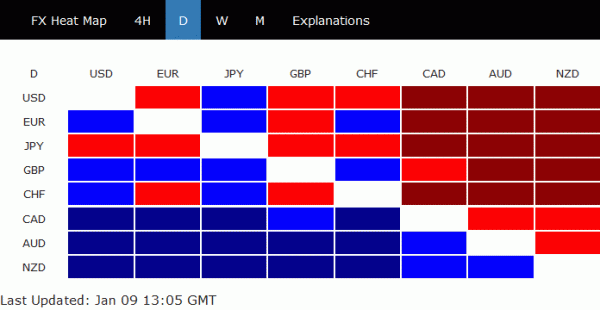
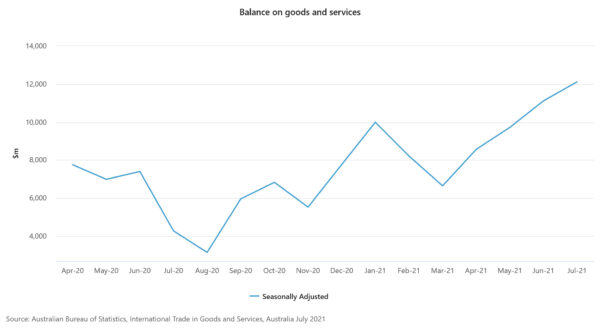
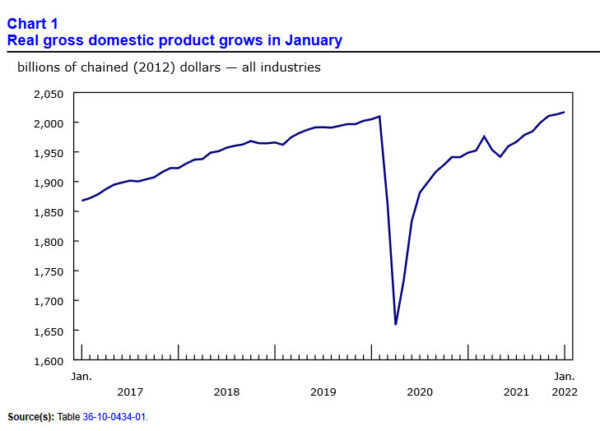
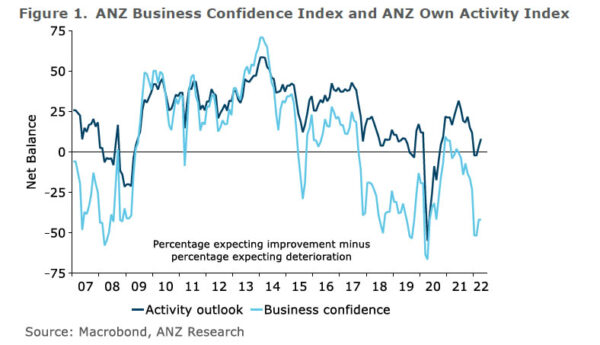
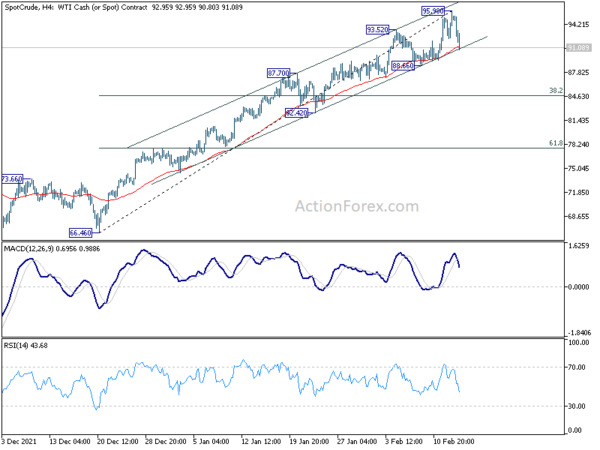
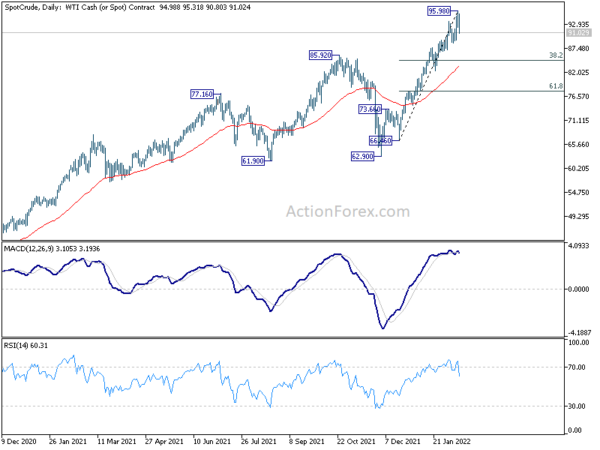
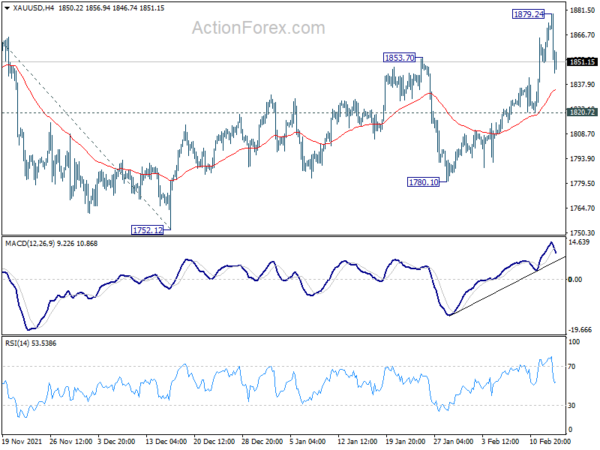
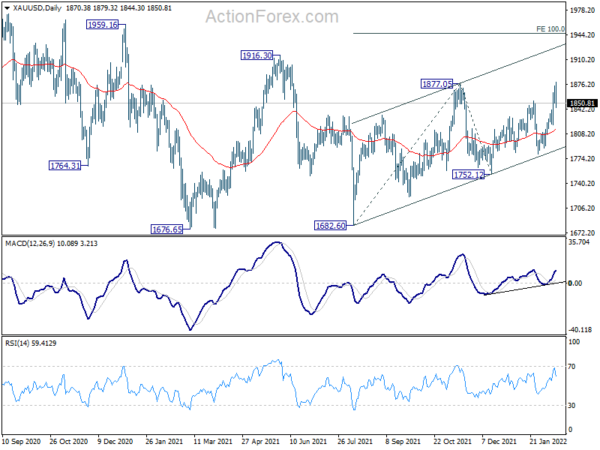
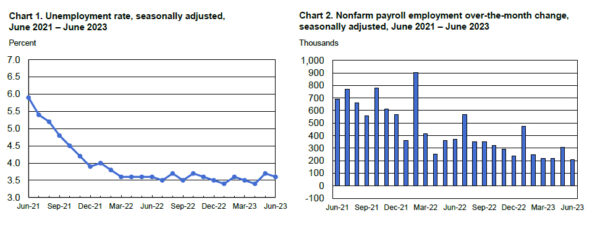
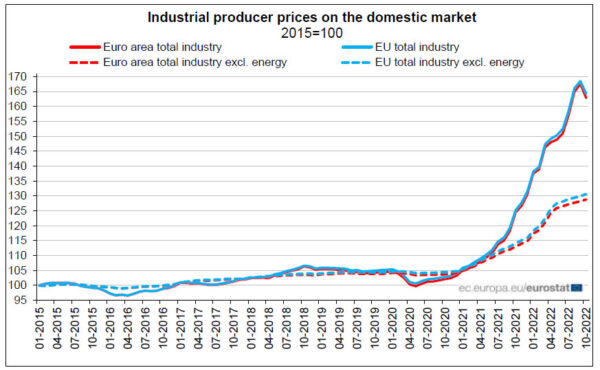
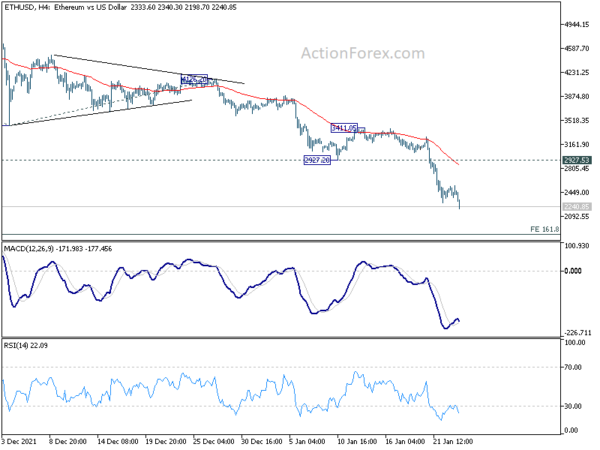
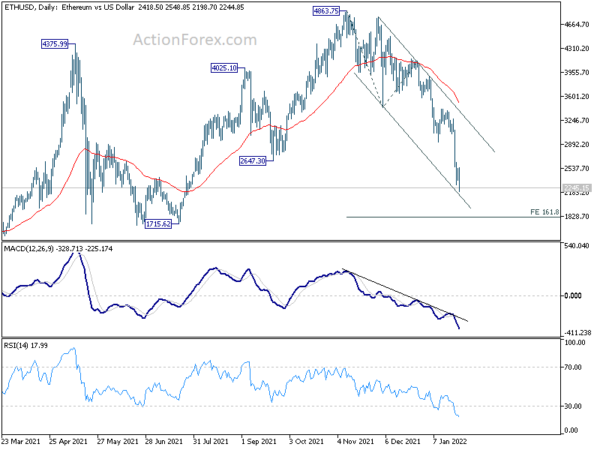
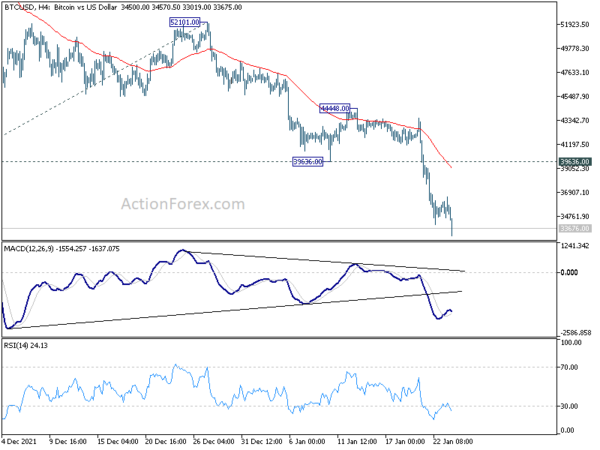
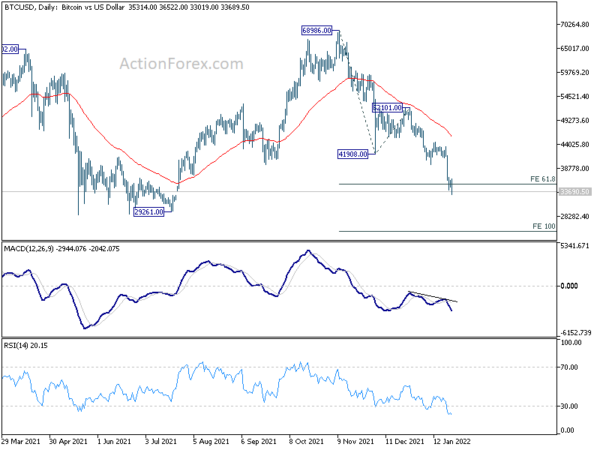

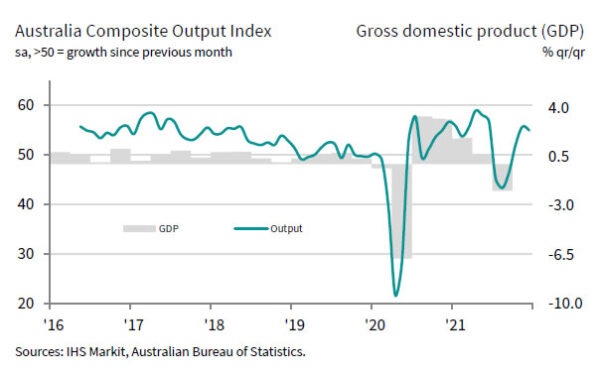
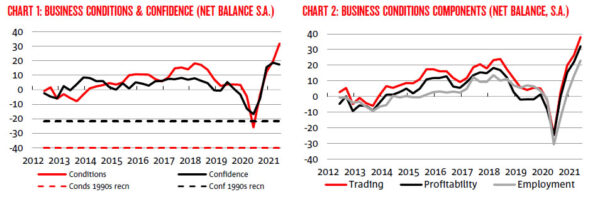
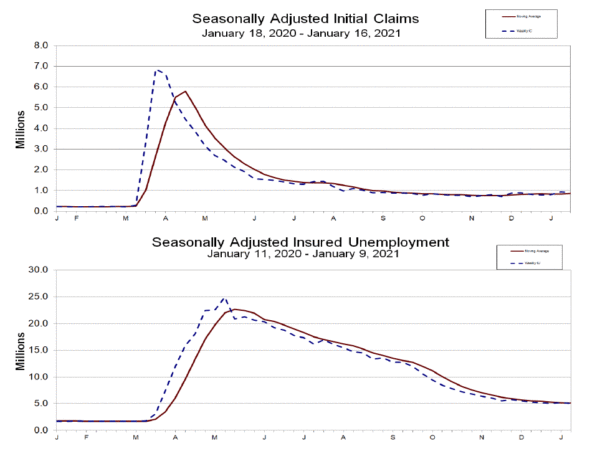

Swiss CPI slowed to 2.9% yoy in Mar, core CPI down to 2.2% yoy
Swiss CPI rose 0.2% mom in March, below expectation of 0.4% mom. Core CPI (excluding fresh and seasonal products, energy and fuel) rose 0.2% mom. Domestic products prices dropped -0.1% mom. Imported products prices rose 0.9% mom.
Compared with the same month of the previous year, CPI slowed from 3.4% yoy to 2.9% yoy, below expectation of 3.2% yoy. Core CPI slowed from 2.4% yoy to 2.2% yoy. Domestic products prices slowed from 2.9% yoy to 2.7% yoy. Imported products prices slowed from 4.9% yoy to 3.8% yoy.
Full Swiss CPI release here.